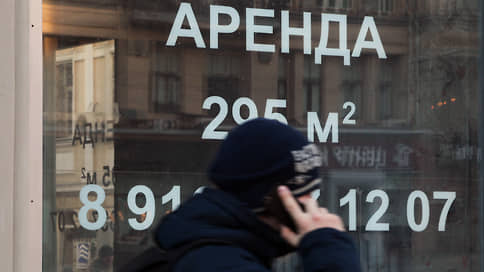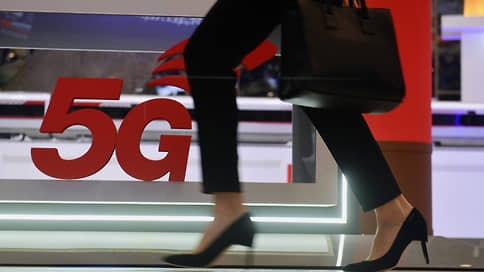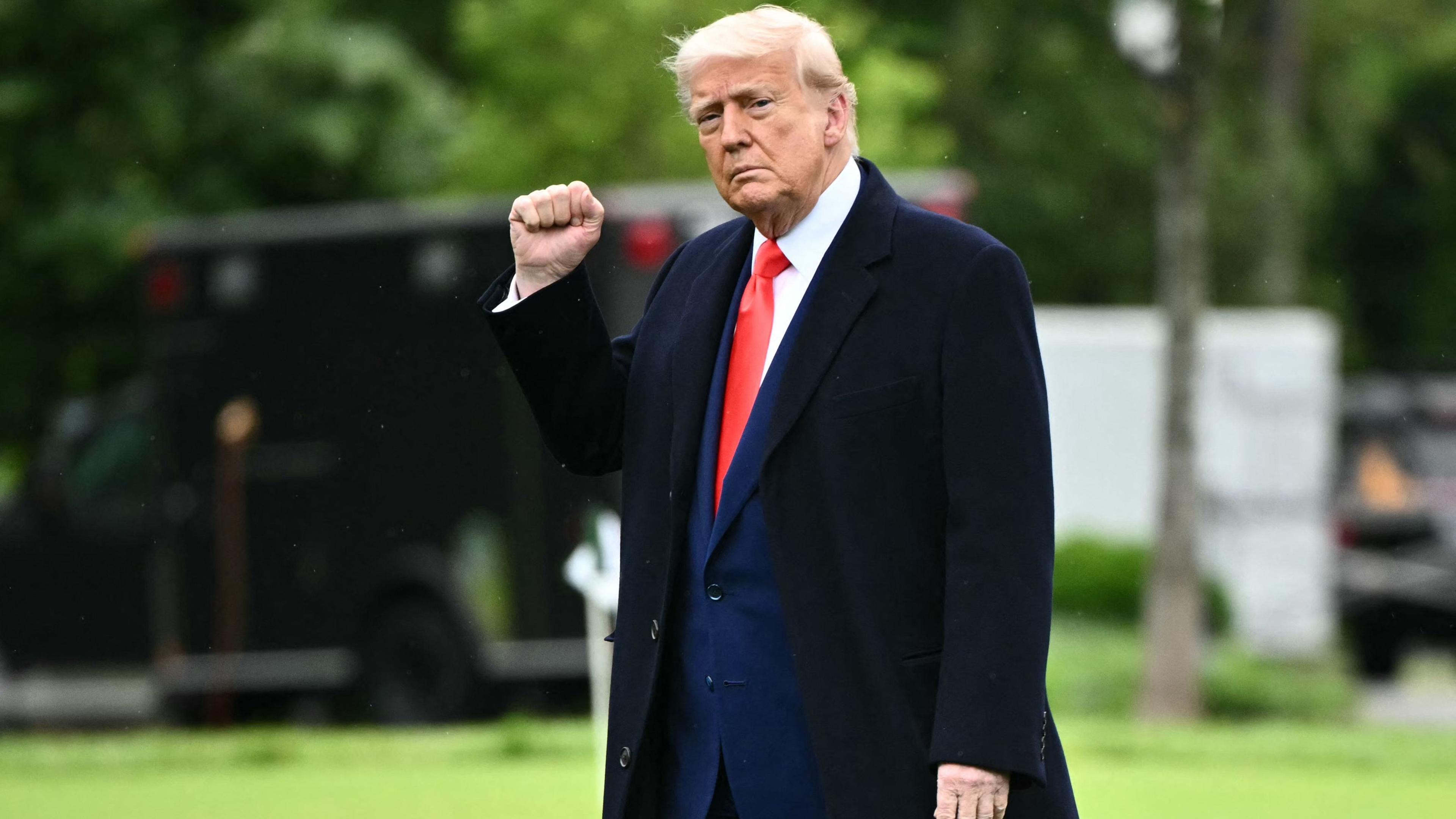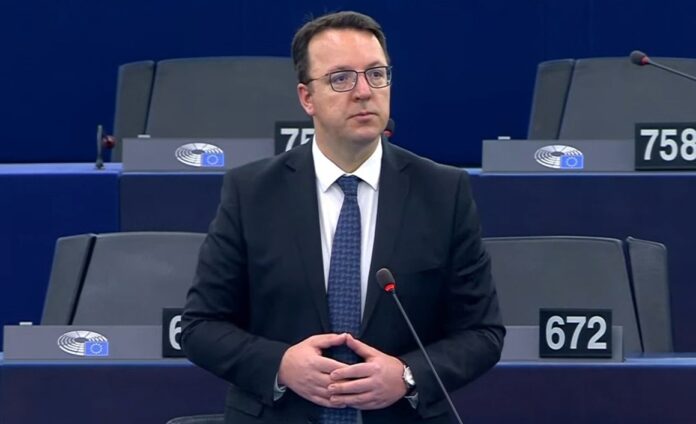In Moscow, trading streets with luxury brands are empty

The most empty trade streets of Moscow in the first half of the year were the counters, Nikolskaya and Kuznetsk bridge, traditionally focused on luxury tenants. The vacancy here varies from 13% to 33% and partially continues to grow, despite the general reduction. Russian sellers of clothes and shoes are not yet able to replace the departed luxury operators. This can lead to redeelopment of unclaimed trading facilities in offices or apartments.
The level of vacant rooms of the street-rhythm in the table lane in the first half of the year reached 33%, making it a leader in the number of empty areas, was calculated in the CMWP consulting company. The value increased immediately by eight percentage points a year by the year, becoming maximum since 2019. A sharp increase also showed vacancy on Nikolskaya Street. For a year, five percentage points added value to 17%. The third place in the level of vacant areas in Moscow is the Kuznetsk bridge, where 13%are empty.
Separate trade corridors in Moscow are empty in the context of a general decrease in vacancies. According to CMWP, the average market rate decreased by a year by 0.3 percentage point, to 8.8%. The IBC Real Estate consulting company noticed a decrease by 1.7 percentage points a year by the year, to 6.7% in May. The high demand for the premises, according to the head of the Department of Research and IBC Real Estate, Ekaterina Nogai, provide catering operators. Their share in the total structure of demand for the year increased by two percentage points, to 43%, they note in CMWP. The operators of Feshen-rhythyl go by a wide margin. Their share in the structure of tenants over the year increased by 1.7 percentage points, to 12.7%. The vice-president of the Union of Trade Centers, Natalia Kermedchieva, considers the vice-president of the vacancy, considers mostly a high interest in the most financially affordable locations.
The counterparts of the lanes, on the contrary, is considered one of the most expensive trading streets of Moscow, associated with foreign luxury brands. In 2014, he entered the top ten most expensive trading streets of the world, compiled by Cushman & Wakefield, although he later began to lose position due to restrictions on car parking. In 2022, many key tenants of Stoleshnikov, foreign retailers, suspended work in Russia. Nikolskaya Street and Kuznetsk bridge, among the most expensive trading streets, later included Knight Frank consultants.
Russian brands tried to replace the departed luxury retailers in Stoleshnikov Lane. For example, in 2022, the flagship store of the clothing brand 12storeez opened here, and in 2024 the space of the Yekaterinburg manufacturer of the lower underwear Belle You. “Russian premium and luxury stamps did not have time to get stronger as to completely replace the departed companies,” says Natalia Kermedchieva. Some networks were even forced to close ineffective outlets, added by the director of the department of retail premises of the Core.xp consulting company Evgenia Prilutskaya.
Increasing vacancies, however, is characteristic not only for trading corridors focused on Fehen-rhythm. The share of empty areas on traditionally Barna Pyatnitskaya Street, according to CMWP, increased by six percentage points in a year, to 8%. Analysts associate the trend, including with the closure of small catering establishments that could not withstand high competition in the location. A similar trend can be traced on Rubinstein Street in St. Petersburg. The vacancy here, according to the director of the Department of Trading Real Estate of the consulting company Nikoliers, Yulia Kuznetsova, increased by 2.7 percentage points over the year, amounting to 8%in the first half of the year. On the Big Avenue of the Petrograd side, the expert noticed a growth of 1.5 percentage points, up to 5.5%.
The owners of the premises in key trading corridors are still in no hurry to lower the rental rates, counting on the return of foreign luxury brands, says Natalia Kermedchieva. But the expert does not exclude that in the end the situation will lead to a drop in prices by 15–20%. An alternative scenario is a reducer of part of the premises for offices or apartments. Although Polina Afanasyeva, the head of the CMWP research and analytics department, forms a more positive forecast, hoping that the growth of consumer expenses in the second half of the year stimulates the opening of new stores.






/s3/static.nrc.nl/wp-content/uploads/2025/06/03205802/web-0306BUI_Leading.jpg)
